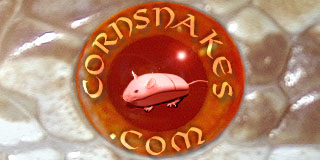knox
New member
Considering the heat bulb fails and breaks- you're looking at a fire and tons of damage. UTH breaks, it either dies or it heats up slightly, they don't get overly hot even broken, and if used properly, it won't even come close to cooking your snake.
Heat lamps have next to no place in snake husbandry. At all.
I respectfully disagree. These dome lamps are UL listed, incandescent fixtures. Funny how no one thinks ANYTHING about leaving lamps on. But sit them on top of a tank and all of a sudden they are the worst things in the world.
Where did this all start? I have no idea, but it is largely unfounded.
Again, EVERYTHING electrical comes with a risk. But I haven't had a problem with a table lamp, or a dome light, in my entire 42 years of living.
Interesting debate, though.


